Insectivorous plants have developed the ability to attract, capture, and digest small insects to compensate for the lack of nutrients in the soils of their environments. Insectivorous species are found in 17 genera of plants that are not all closely related to each other. They are also present in environments with different characteristics, ranging from cold to temperate zones, from tropical areas to semi-desert areas, from terrestrial to aquatic environments, and they can be found on all continents (Antarctica excluded).
Snap traps characterize two genera, Aldrovanda and Dionaea. In these plants, the leaves are modified and structured into two lobes that snap and close when insects land inside the trap.
Pitcher-shaped traps characterize the species of the genera Brocchinia, Catopsis, Cephalotus, Darlingtonia, Heliamphora, Nepenthes, and Sarracenia. The "pitchers" are filled with water in which insects drown.
Six genera have adhesive leaves capable of capturing insects. Byblis, Drosera, Drosophyllum, Pinguicula, Roridula, and Triphyophyllum have shiny leaves covered in adhesive droplets that attract and capture prey.
The collection of insectivorous plants at the Botanical Garden is partly housed in the Califano Greenhouses and partly displayed in special showcases located near the bamboo collection.
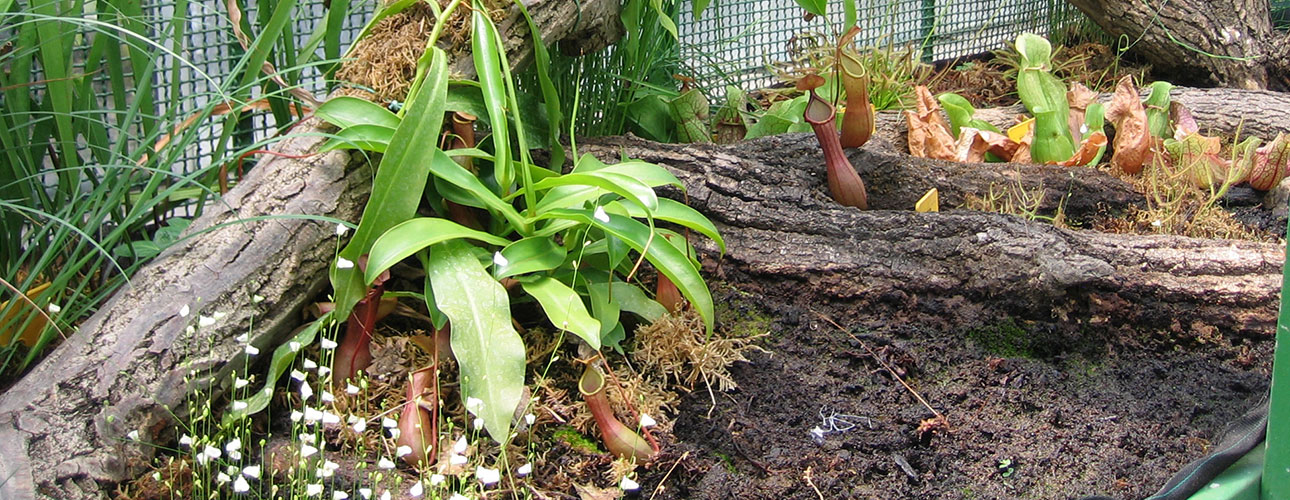
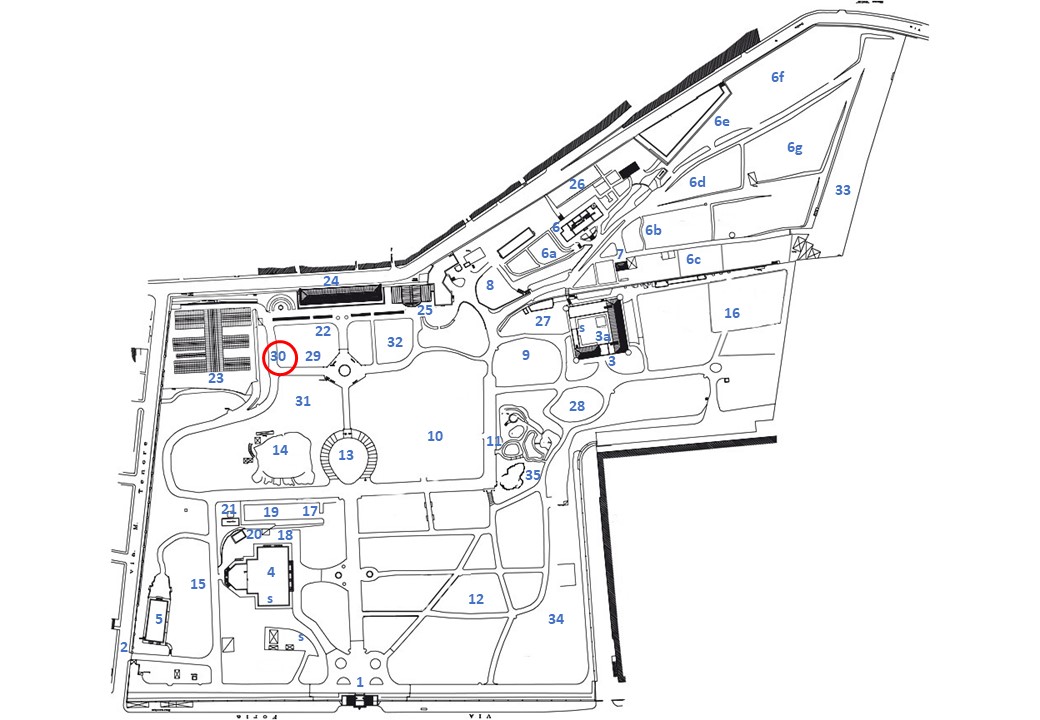
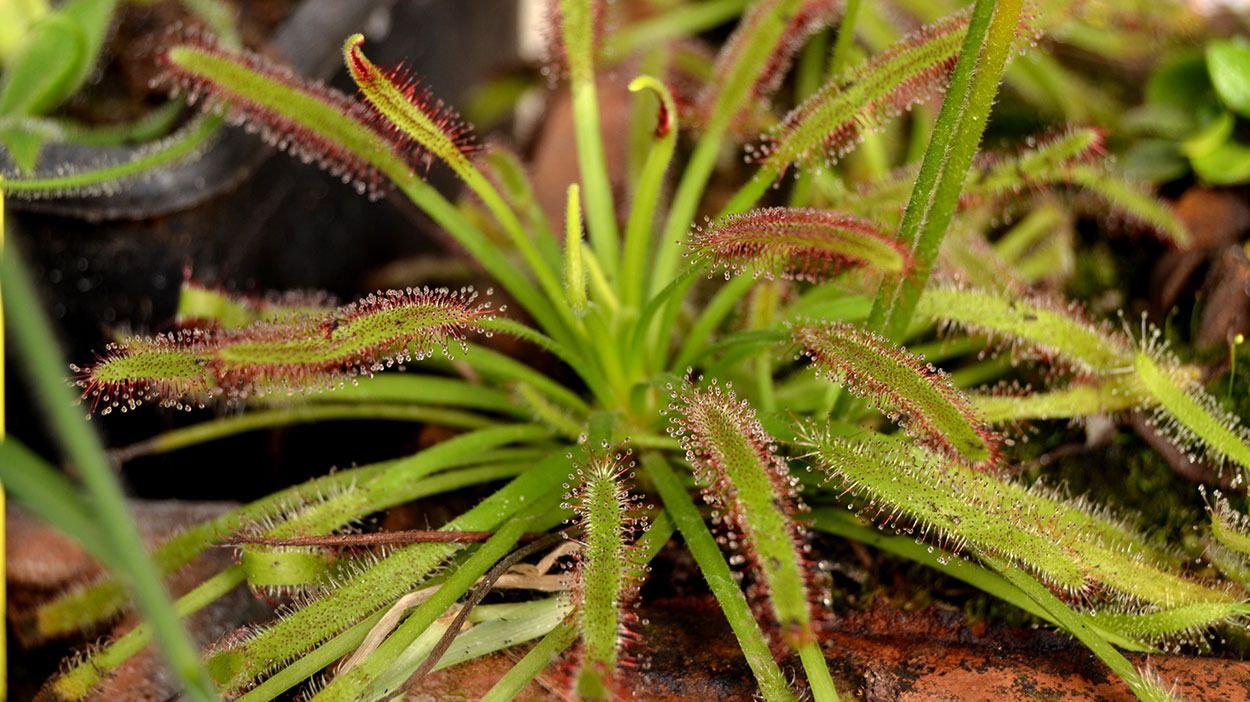
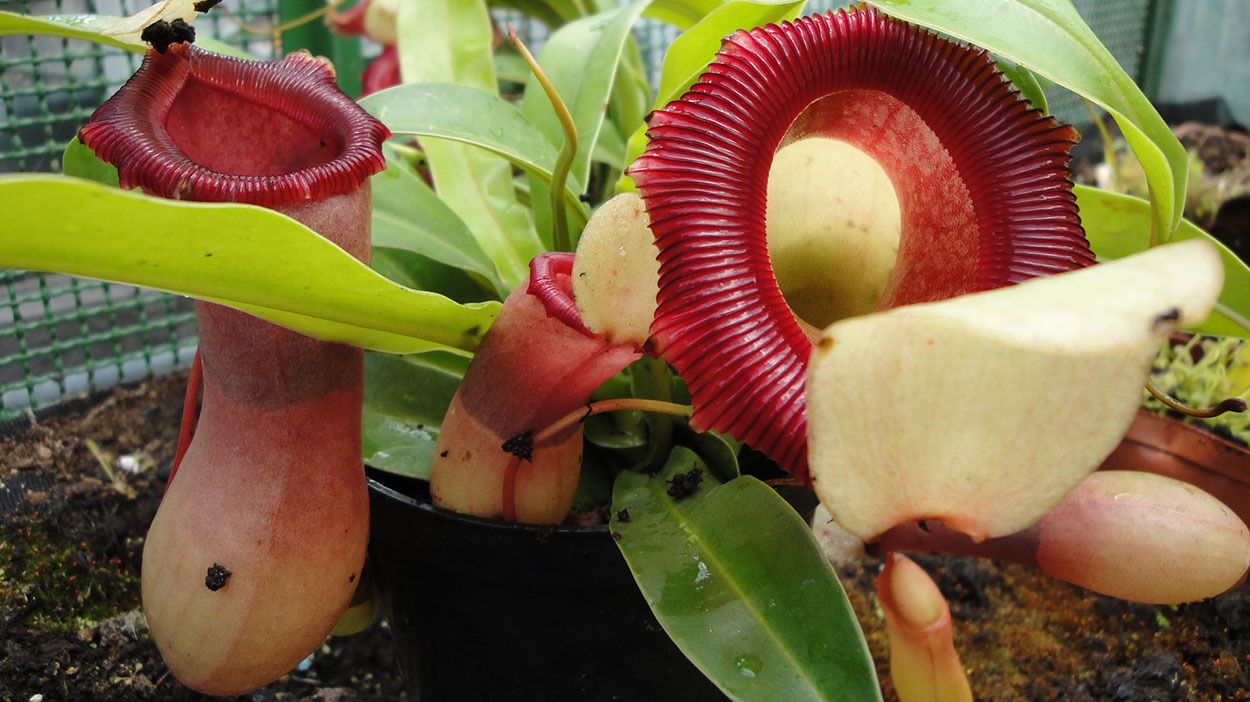

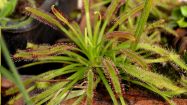
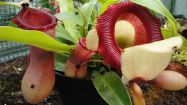
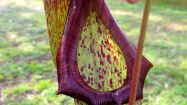
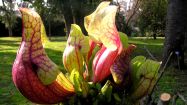
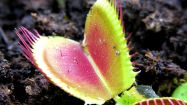
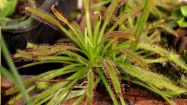
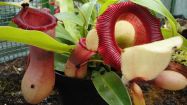
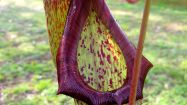
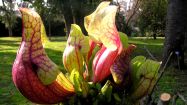
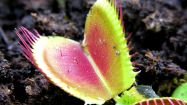

 Sistema Museale di Ateneo
Sistema Museale di Ateneo